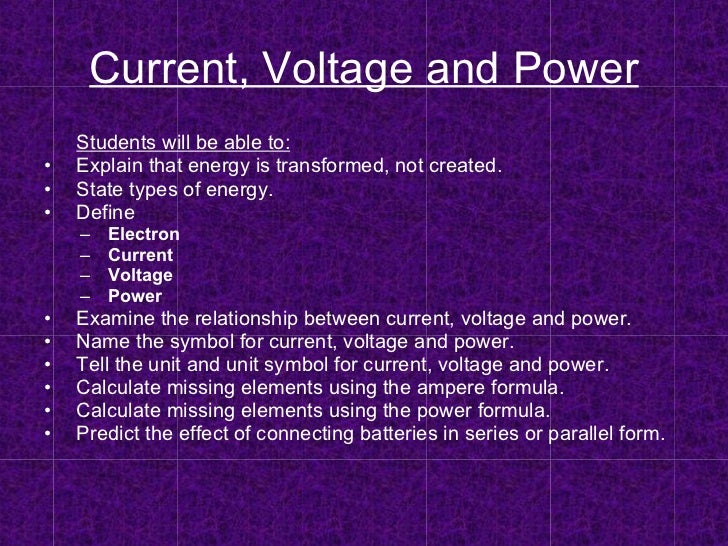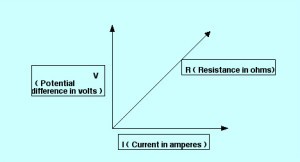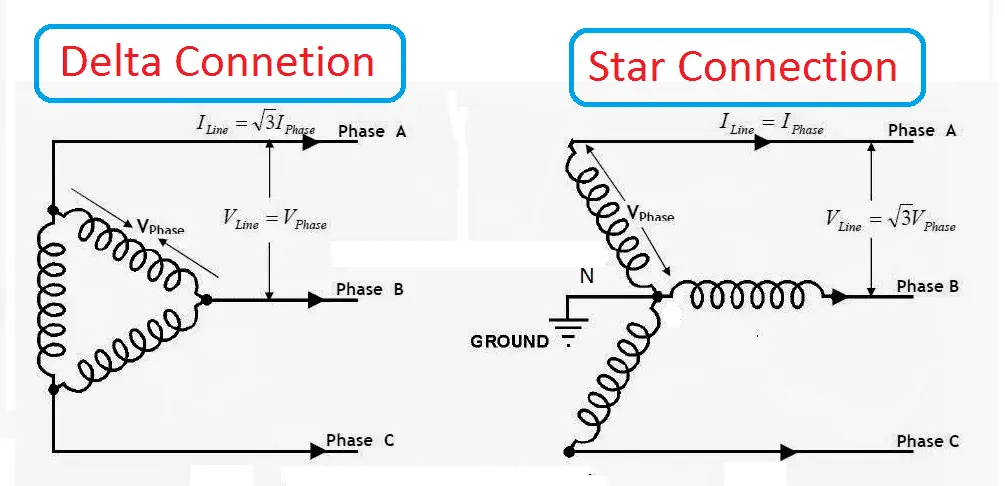Definition Of Voltage And Current

Voltage also called electromotive force is the potential difference in charge between two points in an electrical field.
Definition of voltage and current. Alternating current ac is different from direct current because electrons flow back and forth between two points. When the electrons change directions the voltage drops. In this analogy charge is represented by the water amount voltage is represented by the water pressure and current is represented by the water flow. Current voltage and resistance current is the rate of flow of electric charge.
In other words current is the rate of flow of electric charge. Current is the rate at which electric charge flows past a point in a circuit. There are multiple useful ways to define voltage including the standard definition mentioned at the start of this page. A super compressed history of physics to understand how electric voltage and current are defined.
So for this analogy remember. Voltage is represented in equations and schematics by the letter v. In other words it is a measurement of the energy contained within an electric field or an electric circuit at a given point it is equal to the work that would have to be done per unit charge. Voltage is a representation of the electric potential energy per unit charge.
There are also other useful definitions of work per charge see this section. If a unit of electrical charge were placed in a location the voltage indicates the potential energy of it at that point. Current versus voltage comparison chart. A potential difference voltage across an electrical component is needed to make a current flow through it.


















